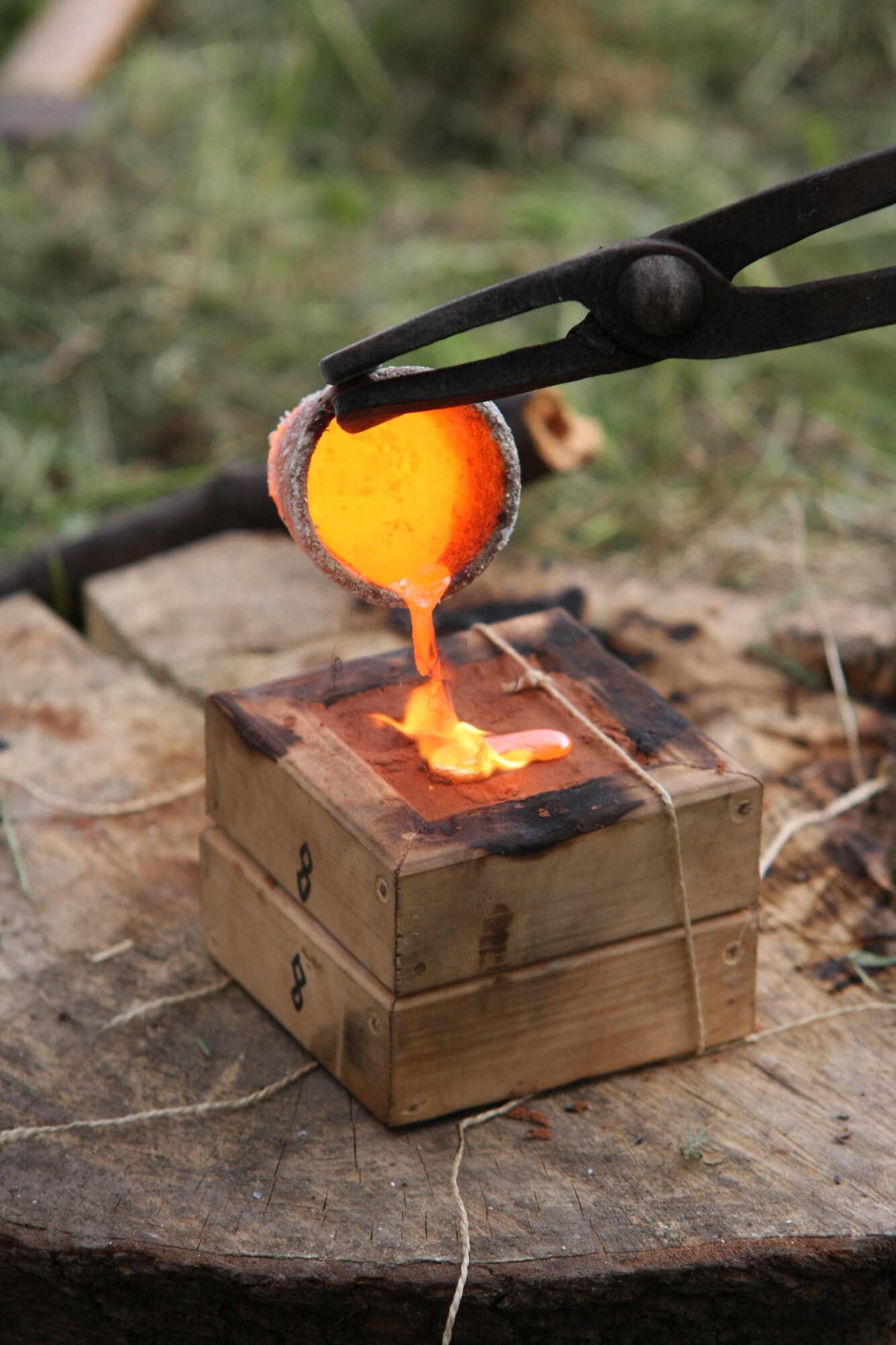
The compression molding vs. injection molding debate is one that product manufacturers are all too familiar with.
When choosing what technology will best suit your manufacturing needs, knowledge is vital. Knowing the differences between compression and cast molding is the first step. Read on to learn about the pros and cons of each technology.
Similarities between Compression Molding and Cast Molding
While each method has its own pros and cons, there are common characteristics between the two.
The first similarity is the low tooling costs. Both methods have become common practice over the years, meaning the cost of molds is low.
With both methods, you experience a decrease in the average cost of each product the more parts you create. This is due to the automation of the process and the repeated use of the same mold.
Advantages of Compression Molding
Compression molding lends itself towards lower production costs when working with large-volume applications.
Manufacturing companies can use compression molding for a variety of shapes and sizes. The nature of this molding process makes it easy to produce objects with thin or thick walls, ranging from 1.3mm to an inch in diameter.
Disadvantages of Compression Molding
The final product is limited to simple and blocky shapes. This is because the raw material is shaped to resemble the end product before it is compressed.
After compression, excess raw material needs to be manually trimmed off. This increases production time and boosts labor costs. It also prevents the technology from being fully automated.
Advantages of Cast Molding
Cast molding technology allows full automation of the process. Its efficiency results in a fast production time. This speeds up even more when producing high-quantity uniform objects.
The process requires minimal labor since it uses the same mold repeatedly and doesn’t require any manual trimming. This saves companies the cost of multiple laborers’ time.
When working with molds and casts, you have the ability to create high-quality products with complex and intricate shapes. You can create small parts with tight tolerances or differing thicknesses throughout the product.
Casting molds also increases the strength of the raw materials involved. This results in a strong and high-quality final product.
All these advantages come together to create a low-waste technology that helps businesses become sustainable.
Disadvantages of Cast Molding
Tooling costs can be high because cast molding involves high pressures and high-temperature differentials. The tools include metal casting molds that are designed to regulate the temperature and flow of the material. You need a high production volume before this technology becomes cost-effective.
Create Your Product Today
Understanding the process behind product manufacturing is the best way to choose a partner who excels in producing objects using composite materials like carbon fiber. By now, you should know the pros and cons of compression molding and cast molding.
So, which molding technology is going to create your next project?
Our years of diverse expertise mean that no project is too big or too small. Request a quote from us today, and let’s bring your latest project to life!
